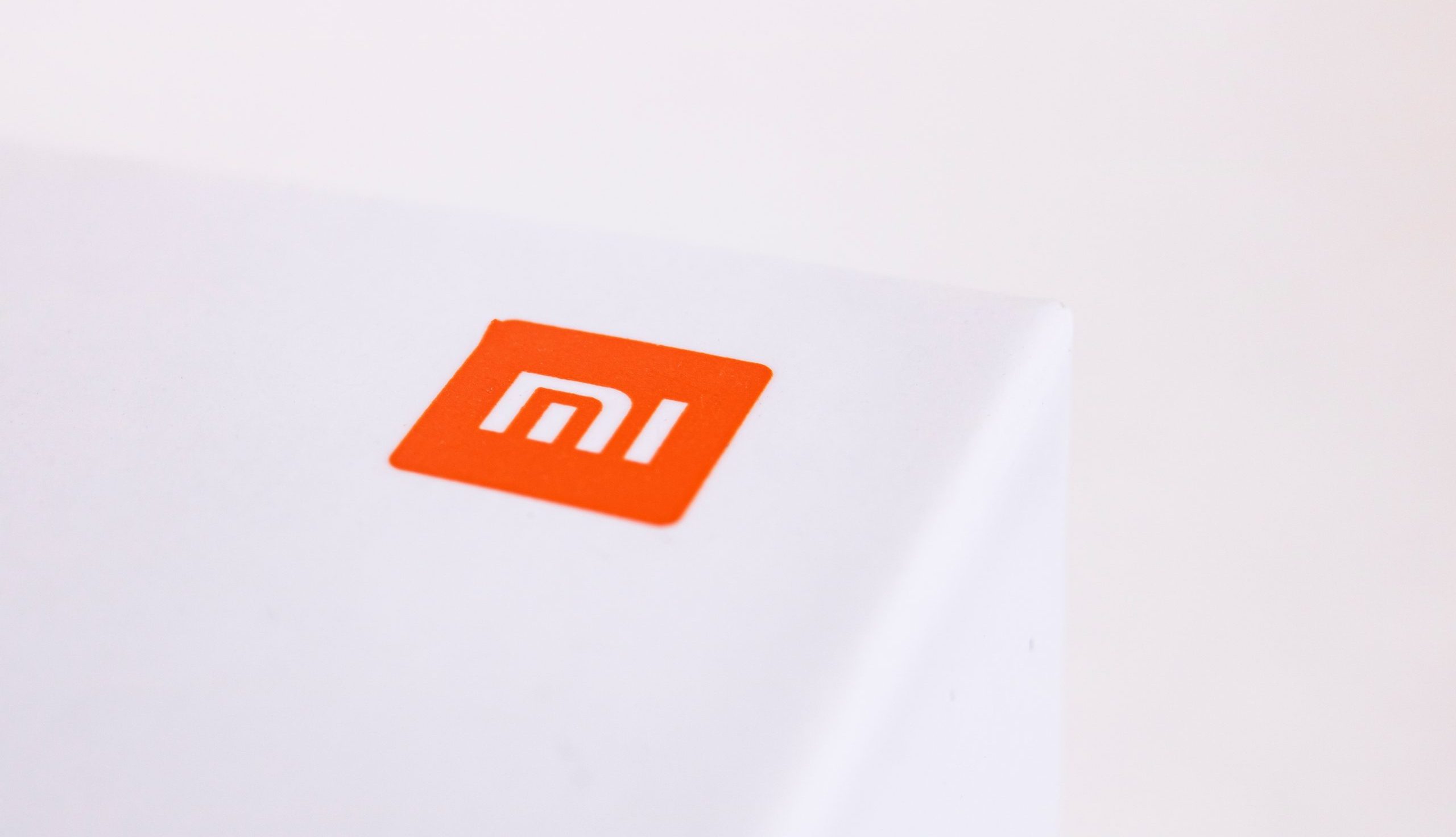It’s movie night, you’re busy prepping the snacks, hands sticky from the buttery popcorn and hot chocolate. You turn to your trusty home assistant and shout, “Alexa, it’s movie time.” Your Amazon Echo remembers the preset command and proceeds to dim the Philips smart light bulbs and turn on your Samsung smart TV. Your date is coming any minute: snacks, check; vibe, check; TV, check. Everything’s ready, and you did all that with sticky fingers; how impressive!
Smart homes like this are our everyday environments, a growing ecosystem of devices and capabilities. In four short years, the smart home market worldwide is projected to grow from $174 billion in 2025 to $250.6 billion by 2029, a very impressive 44% growth. Household penetration will also reach a shocking
A bigger slice? Do they already have a slice…? While you haven’t heard anyone shout “Hey Vodafone” to turn the lights on, telcos have been playing a fundamental role in smart homes by providing a fast and stable network that allows all the Echos, the Nest Audios, the Philips light bulbs, and the Samsung Smart TVs to connect and play together.
Owning the network is a superpower in the smart home market, and telcos have finally recognized the need to use that superpower to take a more frontline role if they want a bigger market share in the smart home business.
The booming smart home market isn’t, however, the Wild West that welcomes all brave pioneers. Prominent players have already made their names and riches in the field, and it’s up to the telcos to decide if they want to take them down or partner up. So, who are the telcos up against? Amazon and Google are notable first movers in the smart home space. Amazon got its head start in 2014 when it introduced its first smart speaker, Echo.
By becoming the first to market,
Despite the success in creating market-dominating products, the tech giants still have yet to resolve four main customer problems: reliable connectivity, cybersecurity risks, interoperability, and installation. These unmet customer needs leave room in the smart home market. As network service providers, telcos are uniquely placed to close that gap and win their seat at the big table with Big Tech.
First, the Amazons and Googles have not been able to resolve connectivity and reliability issues that customers face when using their smart home products. All these products rely on Wi-Fi connectivity, and since these companies do not own the network, their hands are tied when it comes to resolving customers’ issues with lagging devices. However, ensuring seamless connectivity is telcos’ bread and butter.
Telcos can provide smart home optimised broadband services, such as BT’s Complete Wi-Fi offering. It comes with Smart Hub 2, a router that can prioritise traffic from smart home devices to ensure low latency and high reliability, and a Wi-Fi Disc to provide a mesh network that ensures consistent signal throughout the home.
Second, the tech giants have also failed to allow customers to enjoy the ease of multi-device smart homes without fearing the risks of cybersecurity. Securing a smart home is a big challenge because the more devices interconnected at home, the bigger the attack surface becomes.
While the tech giants can only provide patches for bugs on individual devices, the inefficiency is similar to a whack-a-mole approach, telcos can provide network-level security to manage the big attack surface of smart homes. This helps to contain the cyber threat and prevent escalation and lateral movement within the network.
Some solutions include network-level threat detection and prevention as well as network segmentation for smart home devices, where devices are placed on a separate, isolated network so the smart doorbell can’t talk to the laptops.
Third, smart homes nowadays consist of devices from many different brands, which results in interoperability issues where the devices don’t play nicely together. Big Tech is often only equipped to resolve issues of their own products and lacks expertise in other brands’ products, resulting in their challenge to help customers connect devices across brands. Telcos, however, can easily solve interoperability problems because they provide the foundation of an open ecosystem.
The smart-home optimized broadband and smart hub solutions welcome different brands, allowing users to mix and match smart home devices to their liking. Some forward-looking telcos such as Verizon, Deutsche Telekom, and Orange have joined the
Lastly, customers struggle with installation and in-life issues that Big Tech’s DIY approach fails to support. Turns out, smart home devices that need to connect to other devices in the same network are not so plug-and-play after all. Some may even require professional installation services for safety reasons, such as hard wiring a smart doorbell. The Googles and Amazons may give customers a 2-day delivery, but the package will surely not include a licensed electrician.
With fleets of vans that do regular on-site visits to help customers resolve connectivity issues, telcos have the engineers ready to help customers in person. They can easily help customers set up new smart home devices as well as fix lagging devices, so customers aren’t stuck with the DIY manuals and troubleshooting videos.
Armed with solutions to these four customer problems unsolved by Big Tech, telcos have the “what” and now need to figure out the “how” of entering the smart home market. Should their go-to-market strategy be direct competition or partnership with the Big Leagues? Both direct competitions and partnerships in the smart home space are seen in the telco industry. Deutsche Telekom took a vertical approach by developing its own smart home platforms and devices.
EE, on the other hand, has taken a horizontal approach by partnering with Big Tech and retailing third-party devices. These telcos’ performances in the smart home market demonstrate that while the vertical model offers more control, it limits scale. The horizontal model has scaled faster and enabled more integrations.
For telcos entering now or pivoting their smart home strategy, partnership is definitely the way to go, as they are ten years late to the game, and 77.6% of household penetration has already been reached.
Google agrees, explaining that
Critics may argue that telcos could still develop their own suite of smart home products that promise seamless connectivity, cybersecurity, interoperability, and end-to-end support. However, take a lesson from Apple’s mistake:
Customers don’t want a walled garden when it comes to smart homes; they want to pick and choose from different brands. That’s why partnering with existing powerhouses of smart home products to solve those four problems is the innovation that the smart home market needs, not a new suite of products that try to reinvent the wheel. Furthermore, with the
It’s not too late for telcos to grab a bigger slice of the smart home pie. They have the superpower of network ownership and can empower the household favorite Nest Hubs and Ring Doorbells by resolving customer problems of connectivity, cybersecurity, interoperability, and installation. With Big Tech dependent on them for smart home success, can they leverage this power to their advantage?









